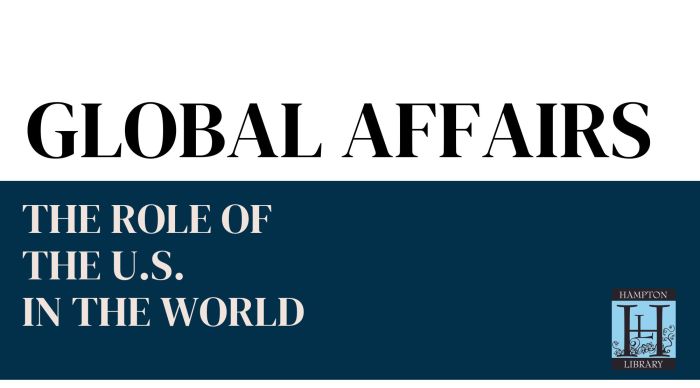A Hicksville mother and daughter are an unstoppable team in their mission to raise awareness and education about rare diseases.
“The rare disease communities are a small voice, but when we come together we can really make a difference,” explains Marybeth Krummenacker, who is getting her message out to a panel of doctors at two events on “Rare Disease Day” on Feb. 28.
It’s a quest that hits close to home for both Marybeth and her 28-year-old daughter Laura. Just weeks after her third birthday in 1989, Laura was diagnosed with cystinosis, an extremely rare inherited disease that causes cystine, an amino acid, to break down in the body depositing crystals in the major organs. If left untreated it can slowly destroy the kidneys, liver, eyes and other vital organs.
Laura was born “perfectly healthy” according to her mother. But, as is often the case with children with cystinosis, began exhibiting symptoms around age two, including lack of growth and excessive dehydration. At one point she was rushed to the hospital with severe dehydration. “She almost died in my arms. Her potassium levels were so low, it’s a miracle she survived,” Marybeth fearfully recalls.
A series of tests eventually led to a diagnosis of cystinosis, which only has 500 known cases in the U.S., and 2,000 worldwide. Getting a diagnosis of a rare disease can be as rare as the disease itself. Marybeth says it was a matter of good timing and fate that helped Laura get that crucial diagnosis.
First the opthamologist examining Laura noticed a build-up of crystals in her eyes. “The doctor needed to check his textbook to see what was causing it,” states Marybeth. A kidney specialist had also coincidentally attended a conference on cystinosis shortly before examining Laura.
Of course a diagnosis is only the first step in treating a disease. Medications are often required. At the time there were no federally approved treatments for cystinosis. But that wasn’t about to stop Marybeth. The kidney specialist told her about a drug trial at the National Institute of Health in Maryland and Laura was accepted into the study.
For years Laura endured rounds of blood work, sonograms and x-rays while taking a host of medications that “tasted horrible,” but her mother says “she was always a trooper.” A trooper herself, Marybeth continually educated herself on her daughter’s rare disease, sharing whatever information she learned, especially with doctors. “If I didn’t speak up she wouldn’t have gotten the care she received,” says Marybeth. The study eventually led to the FDA approval of the drug Cystagon and the eye drops Cystaran.
Always the advocate for her daughter Marybeth was there every step of the way, especially when in 1999, a decade after her diagnosis, 13-year-old Laura needed a kidney transplant. Fortunately for Laura they didn’t need to go far in search of a donor. “My father donated my kidney to me,” Laura proclaims.
In the ongoing crusade to fight for her daughter’s health and medical care, Marybeth became the voice of many when she co-founded the Cystinosis Research Network (CRN) in the mid ‘90s. Her earliest fundraising efforts included garage sales and volleyball tournaments, and evolved into the foundation’s biennial dinner dance.
Marybeth is now taking her fight a step further as board member of the National Organization for Rare Diseases, aiding the forgotten thousands of so-called “orphan diseases.” Money is earmarked for both medical studies and for foundation members to attend medical conferences so Marybeth and others like her can educate doctors around the country about rare diseases.
Laura, who remains on up to eight medications daily including eye drops every hour, says the disease hasn’t prevented her from anything. She holds down two jobs, drives and lives a full and productive life. “You have to treat the disease like it’s a part of your life, not make it your life,” says Laura.
Just like her mother, Laura is turning to advocacy. While Laura humbly states she is simply a “spokesperson” for her mother, Marybeth quickly points out her daughter’s role in the upcoming CRN dinner dance. “Laura is taking a very active role in organizing the event. She is really stepping up to the plate,” Marybeth proudly says.
Marybeth is also humble about her advocacy. “I’m just Laura’s mother. Life handed me this card and I have to play it.”
The Cystinosis Research Network dinner dance is being held at the Milleridge Inn on March 8. For more information contact Marybeth Krummenacker at MKrumm@aol.com.




























